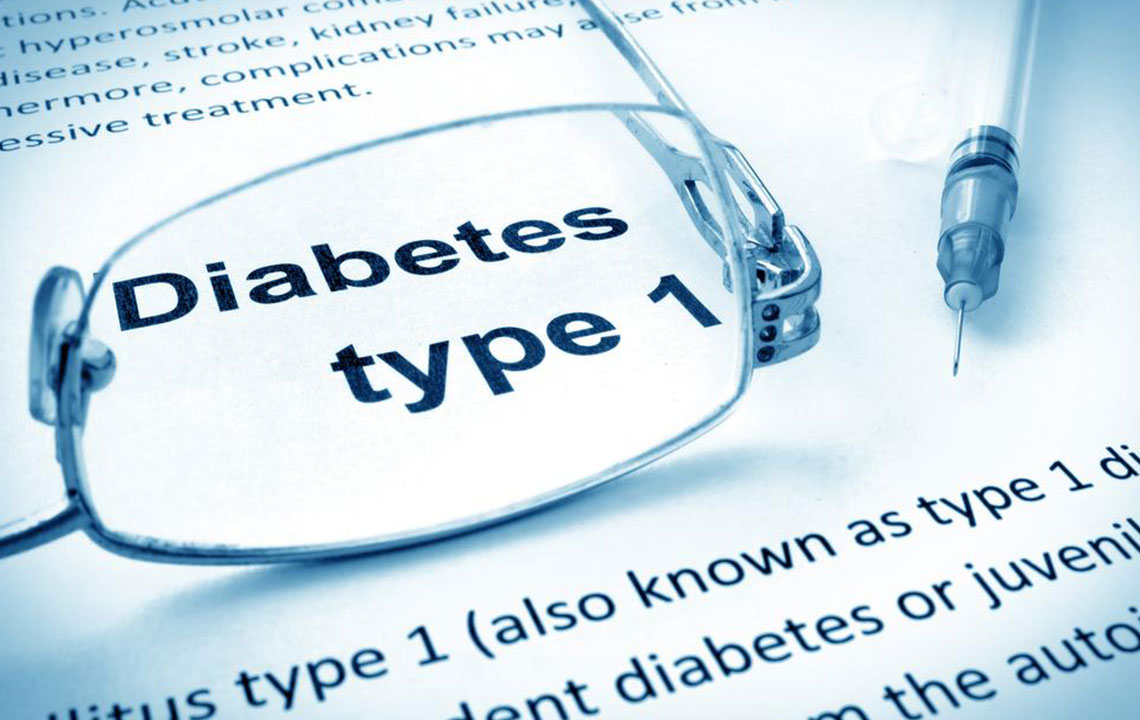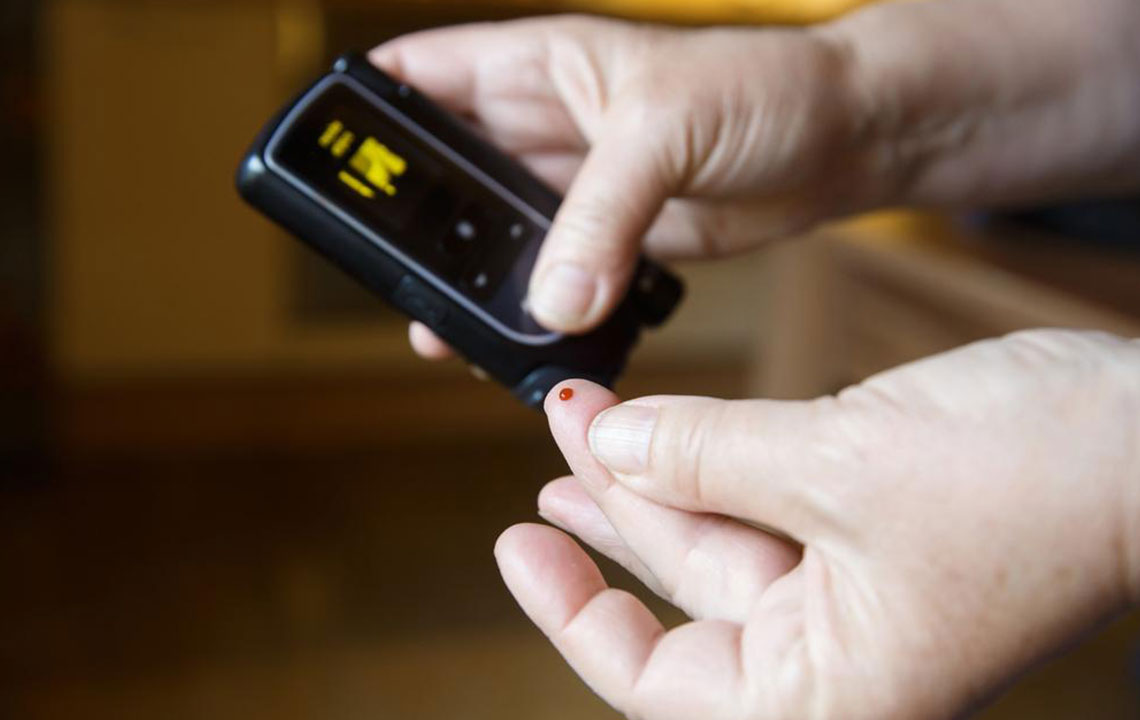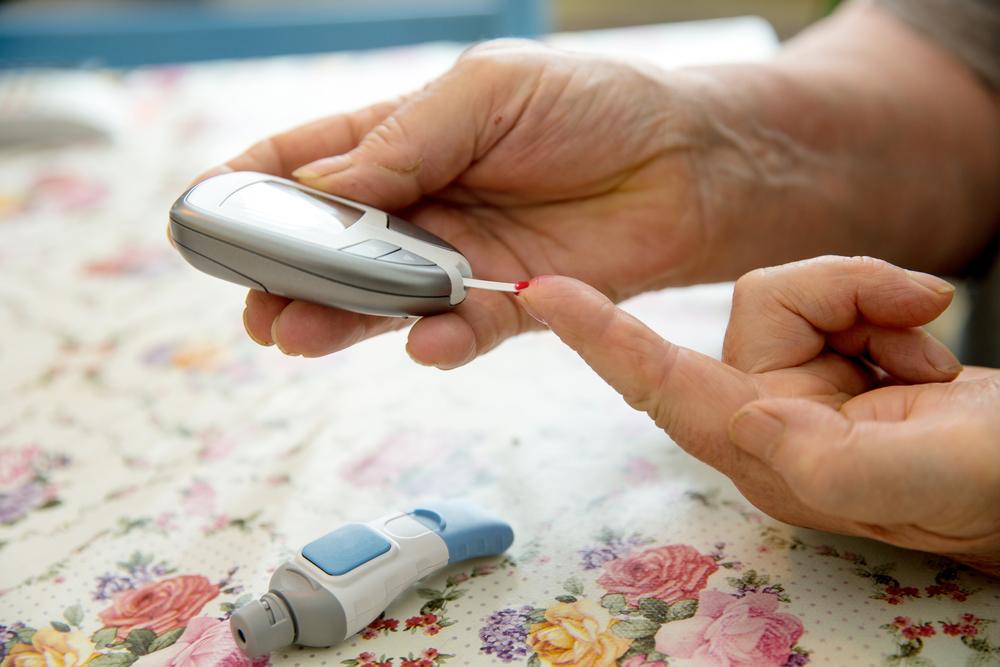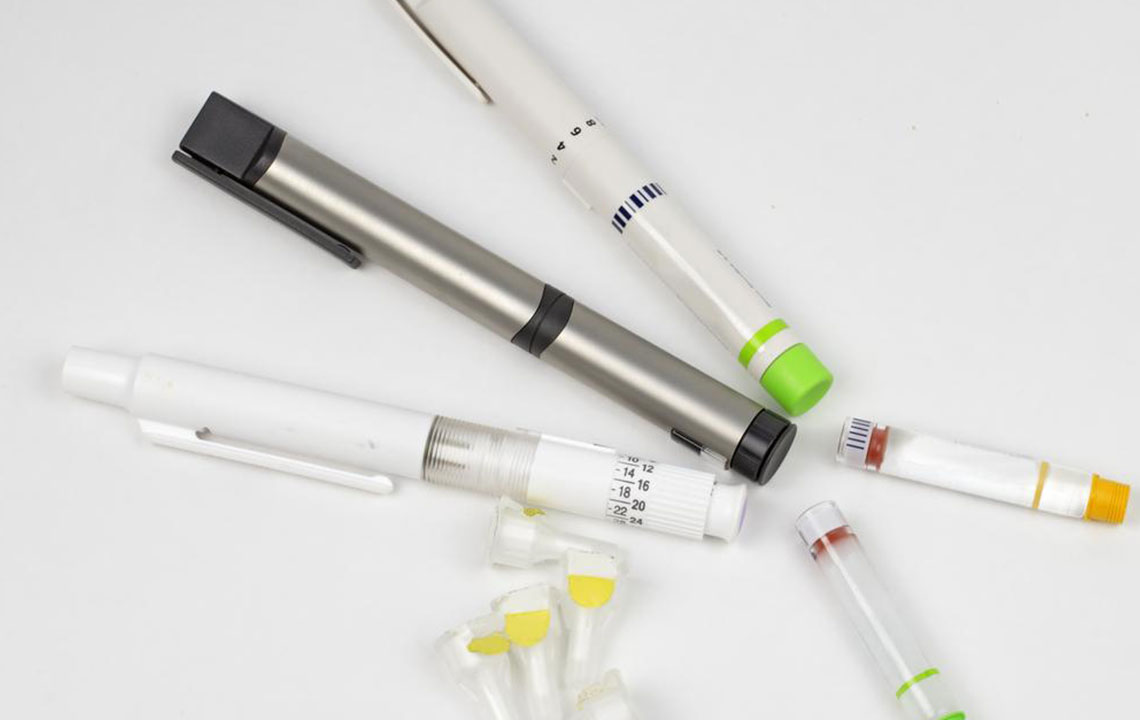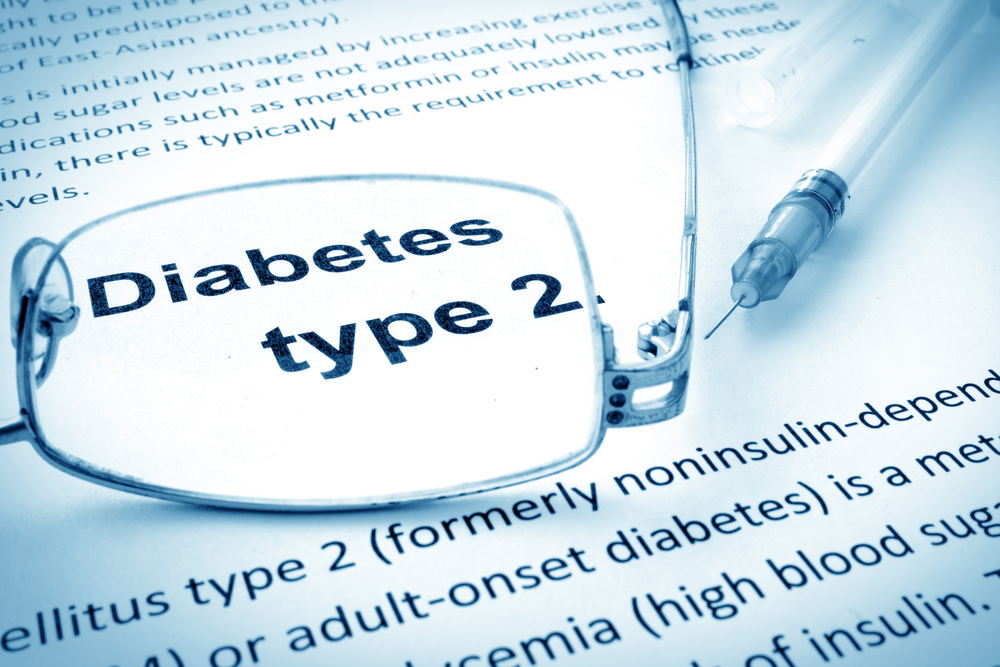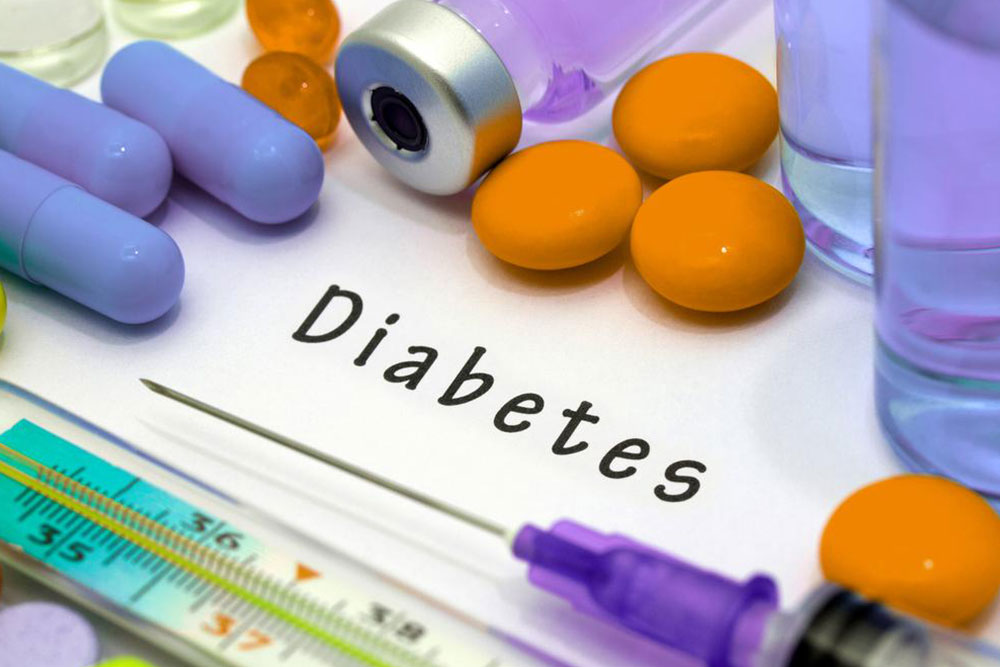Understanding Type 1 Diabetes: Causes, Symptoms, and Management
Learn about type 1 diabetes, including its causes, symptoms, and management strategies. This autoimmune disorder requires lifelong insulin therapy, characterized by early detection and proper treatment. Understand how the disease progresses and the importance of insulin administration, site rotation, and symptom monitoring for effective control. Stay informed and consult healthcare professionals for personalized care to manage this condition efficiently.

Understanding Type 1 Diabetes: Causes, Symptoms, and Management
Type 1 Diabetes is a relatively rare condition, representing about 5-10% of all diabetes cases. It typically develops before age 30, contrasting with type 2 which is more common among older adults.
What is Type 1 Diabetes?
This form of diabetes is an autoimmune disorder where the immune system targets and destroys insulin-producing beta cells in the pancreas. As these cells diminish, insulin production drops, leading to lifelong dependency on external insulin sources.
Autoimmune means the body's defense system mistakenly attacks its own cells—specifically the beta cells.
While the exact triggers remain unknown, genetic factors and environmental influences are believed to initiate the autoimmune response. This process prompts immune cells to produce antibodies that flag beta cells for destruction, mainly involving T cells like CD4 and CD8.
Progression and Stages of Type 1 Diabetes
Before symptoms appear, individuals may be in a pre-diabetic phase where the pancreas compensates by producing more insulin. During this stage, markers like GAD, ICA, and IAA antibodies can be detected, indicating ongoing autoimmune activity. Progressive beta cell loss leads to insufficient insulin production, and once less than 25% of beta cells remain, overt diabetes manifests with elevated blood sugar levels.
Common signs of type 1 diabetes include:
Frequent urination, often waking at night
Unintentional weight loss due to fat and muscle breakdown
Intense thirst
Persistent hunger
Blurry vision
Fatigue and drowsiness
Nausea and vomiting
Recurring infections of skin, urinary, or vaginal areas
The classic symptoms known as the 3 P's are polyuria, polydipsia, and polyphagia—urinating frequently, feeling extremely thirsty, and experiencing increased hunger due to blood sugar imbalance.
Managing and Treating Type 1 Diabetes
Following diagnosis, lifelong insulin therapy is essential. Insulin doses are tailored individually, often starting at 0.4-1.0 units per kilogram daily.
Insulin Therapy
Administered through injections, available as long-acting, intermediate, short-acting, or rapid-acting formulations.
Usually, long or intermediate-acting insulin is used for baseline coverage, while rapid-acting insulin manages meals.
Basal-Bolus Regimen
Basal: Half of daily insulin in long-acting form provides continuous background insulin.
Bolus: Remaining insulin divided into three doses of rapid-acting insulin before meals.
Insulin Dose Calculation
For example, a patient weighing 60 kg would need around 30 units daily if prescribed at 0.5 units/kg. This total is split evenly between basal and bolus doses, with rapid insulin administered before each meal.
Injecting Insulin
Use a 90-degree angle, insert the needle, and wait 10 seconds before withdrawal.
Common sites include the abdomen, thighs, arms, or buttocks, with rotation within each site to prevent skin issues.
Storing Insulin
Keep unopened insulin refrigerated.
Opened vials can be kept at room temperature for up to a month.
Avoid exposure to heat.
Potential Side Effects
Hypoglycemia caused by excess insulin or missed meals.
Weight gain.
Skin issues at injection sites if rotation isn't maintained.
Note:
Our blog offers valuable information across various health topics based on research and data. However, it should not replace professional medical advice. For personalized treatment, always consult healthcare providers. The content may not include all available medications or programs that best suit individual needs.

